Google Classroom - Closing the digital divide in rural Uganda
In today’s world and particularly after the occurrence of COVID-19, technology has - now more than ever - become a necessary and integral part of our lives.
The ability to work remotely from home, keep in touch with loved ones from across the other side of the globe (or even just the other side of the city!) and - for the lucky two thirds of the children world wide - continue learning from home, has largely only been made possible thanks to the technology and smart devices we enjoy today.
Could you imagine working or studying from home without your laptop, access to electricity and power and the wonderful thing called the Internet?! Connectivity through technology has never been more apparent nor requisite.
For at least a third of the world’s children though, there is no such thing as remote learning. There is no access to the Internet and smart devices to allow them to keep learning from home when their schools were forced to close due to COVID-19 (UNICEF).
These children, approximately 463 million around the globe, are mostly from rural areas and according to the UNICEF Report, 49% of children from East and South Africa countries are unable to access remote learning.
The technology divide was deepened when COVID-19 hit.
So when the second wave of the pandemic swept through Uganda, our Education team brainstormed how they can best keep our students engaged in their learning and what strategies they could employ this time around to ensure no child gets left behind in their education.
You may recall when COVID-19 first hit in Uganda, that our teachers prepared weekly home learning packages that were distributed out every week to our almost 1000-strong student population. You can imagine how time and labour intensive this exercise would have been!
This time around, part of our Education team’s strategy was to introduce and pilot Google Classroom in order to safely deliver an innovative, holistic education to our students and hopefully start bridging the digital divide in our rural region.

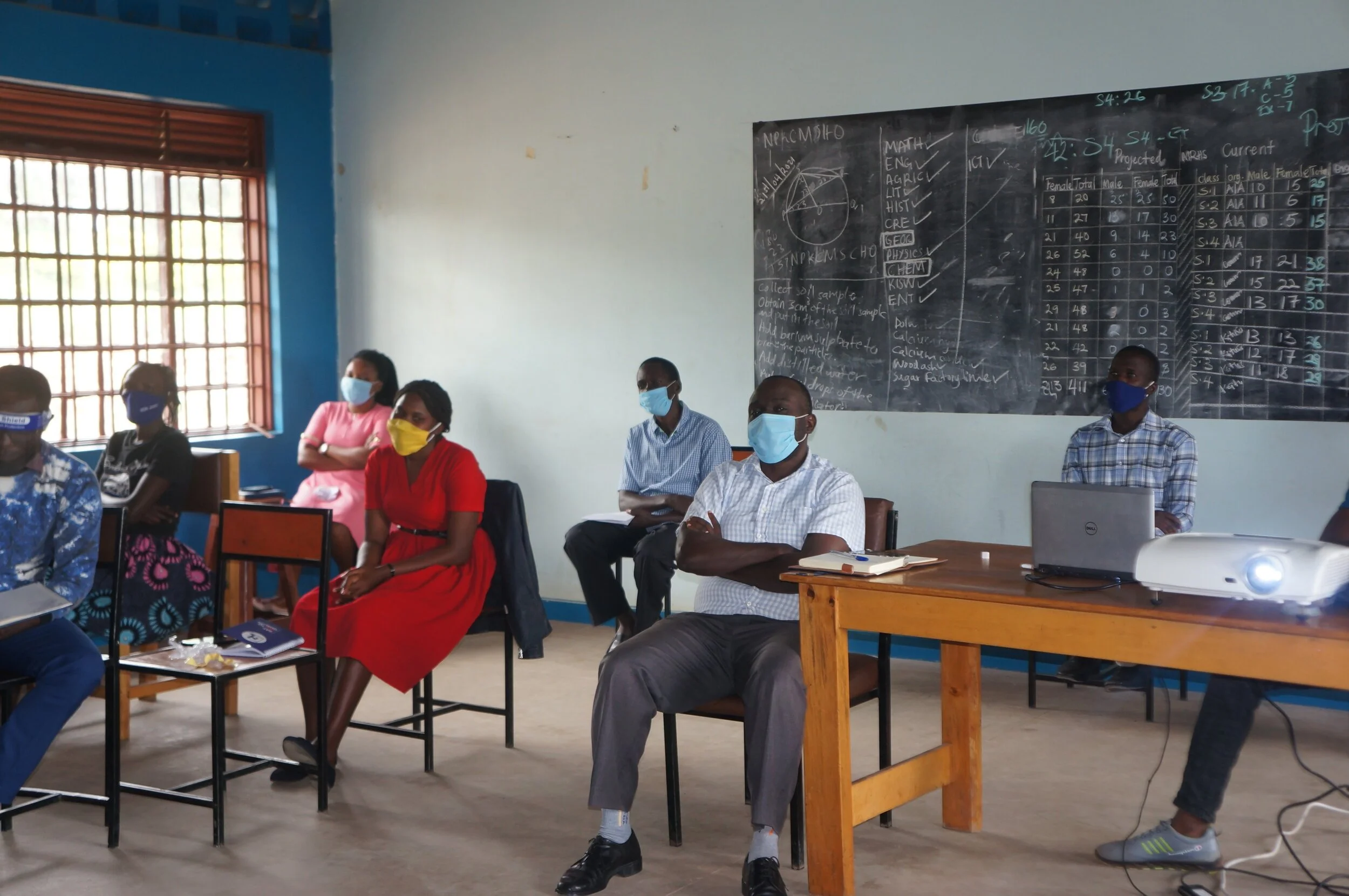

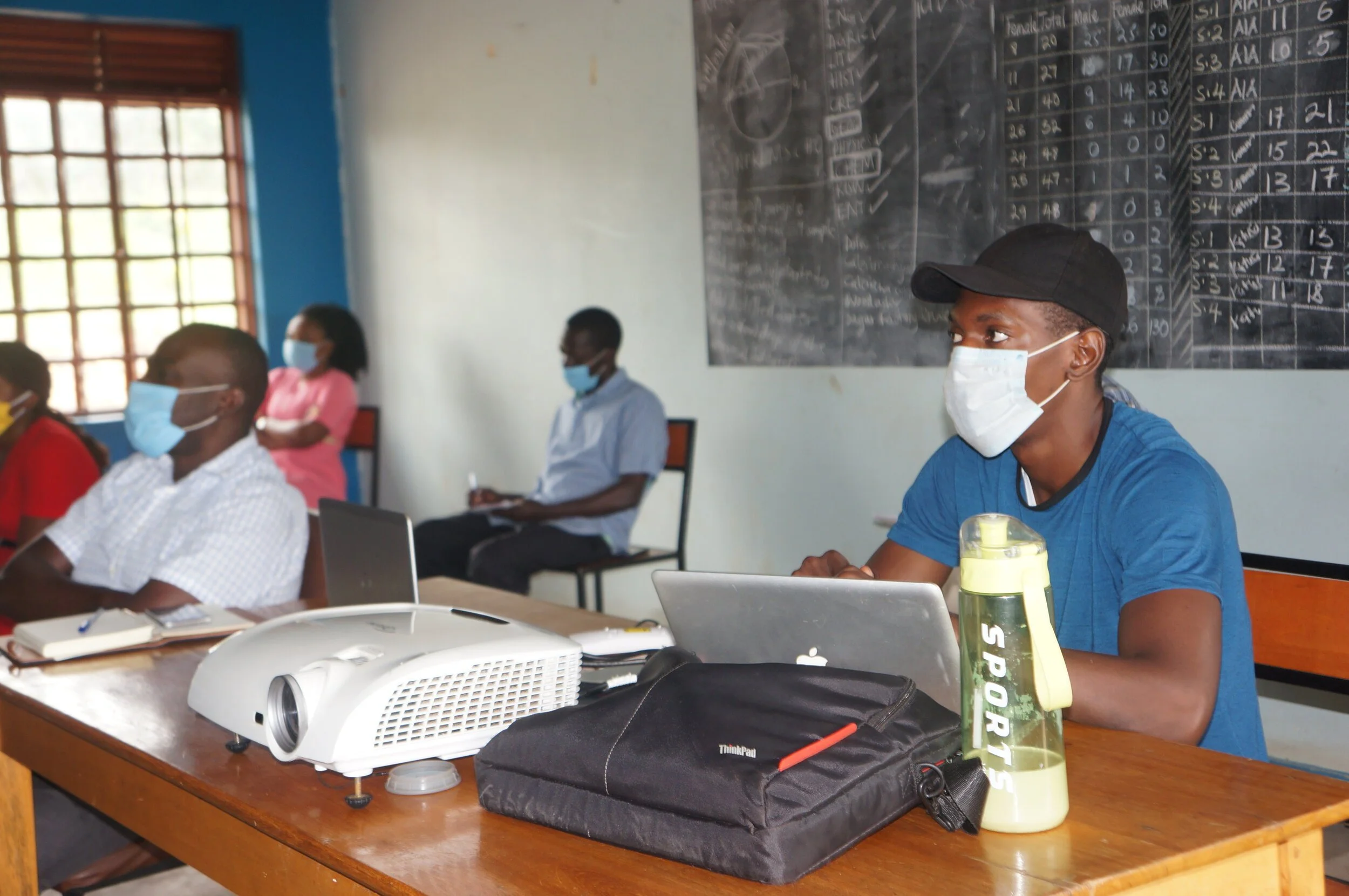
What is Google Classroom?
Google Classroom is a free online service which offers our students a paperless, contactless channel through which they can receive and upload assignments and classwork, as well as communicate with their class when required.
Anything from a video to a Word document can be shared via Google classroom, enabling students to access and share a world of knowledge to the benefit of their studies.
The technology also facilitates an improved learning experience for both students and teachers alike by enabling:
Classwork and assignments to be sent out quickly
Easy communication between students and teachers
Attendance to be tracked easily
Feedback on classwork to be given immediately
Flexible hours of teaching and learning, so students shouldered with home responsibilities such as fetching water are not at a disadvantage.
Implementing Google Classroom at School for Life
This was the first time we were introducing such innovative technology to both our teachers and students, and there were many factors that were set against us such as the number of students and families without a smart phone, Internet connectivity across rural regions and the expense of data just to name a few.
But determined to not let our students fall further behind in the digital world, our Education team mapped out the Google Classroom roll out and, at the end of June and start of July, our teachers were conducting workshops with the parents of our students who had access to devices to help them use Google Classroom on their smart phones.
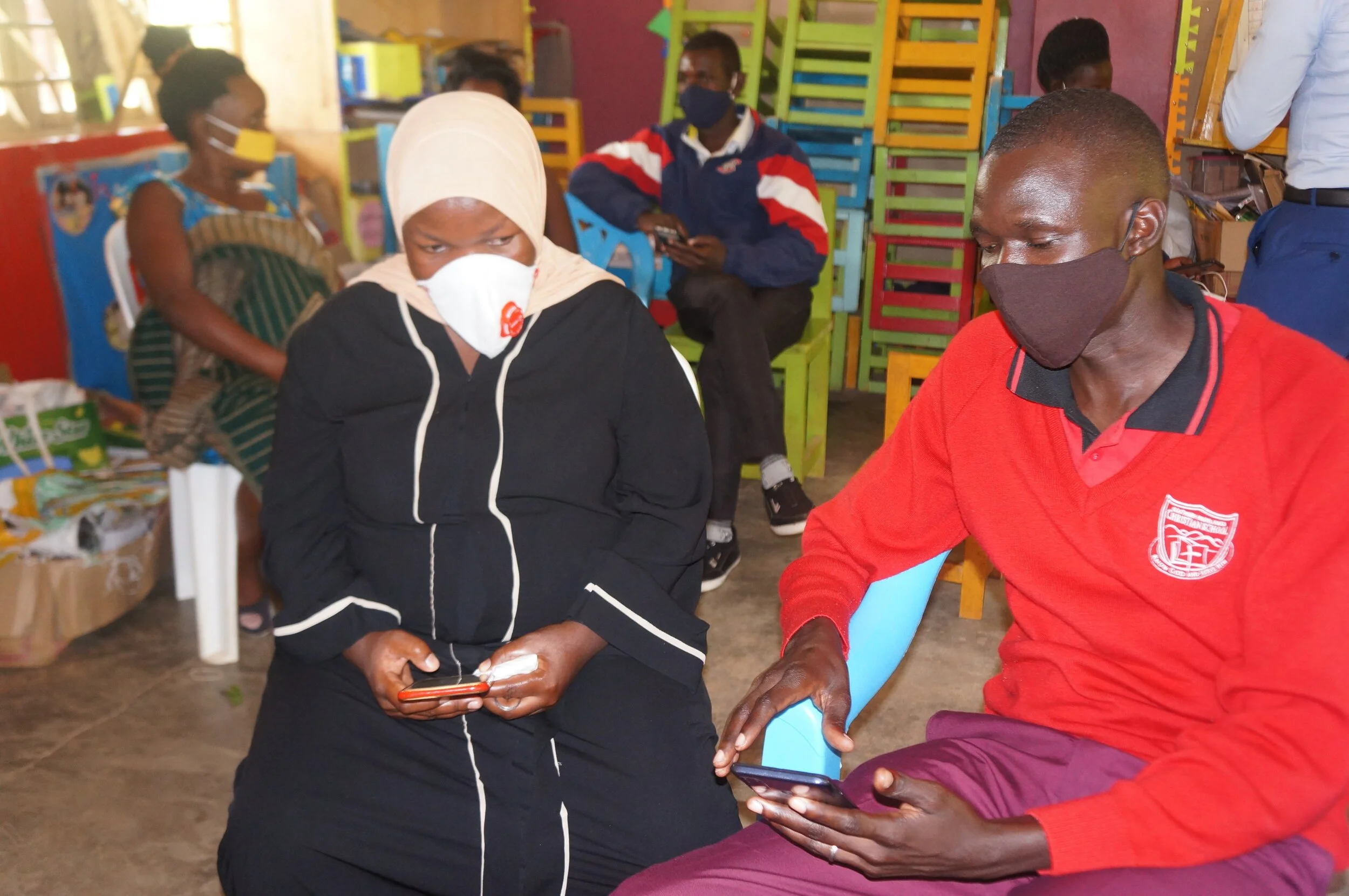
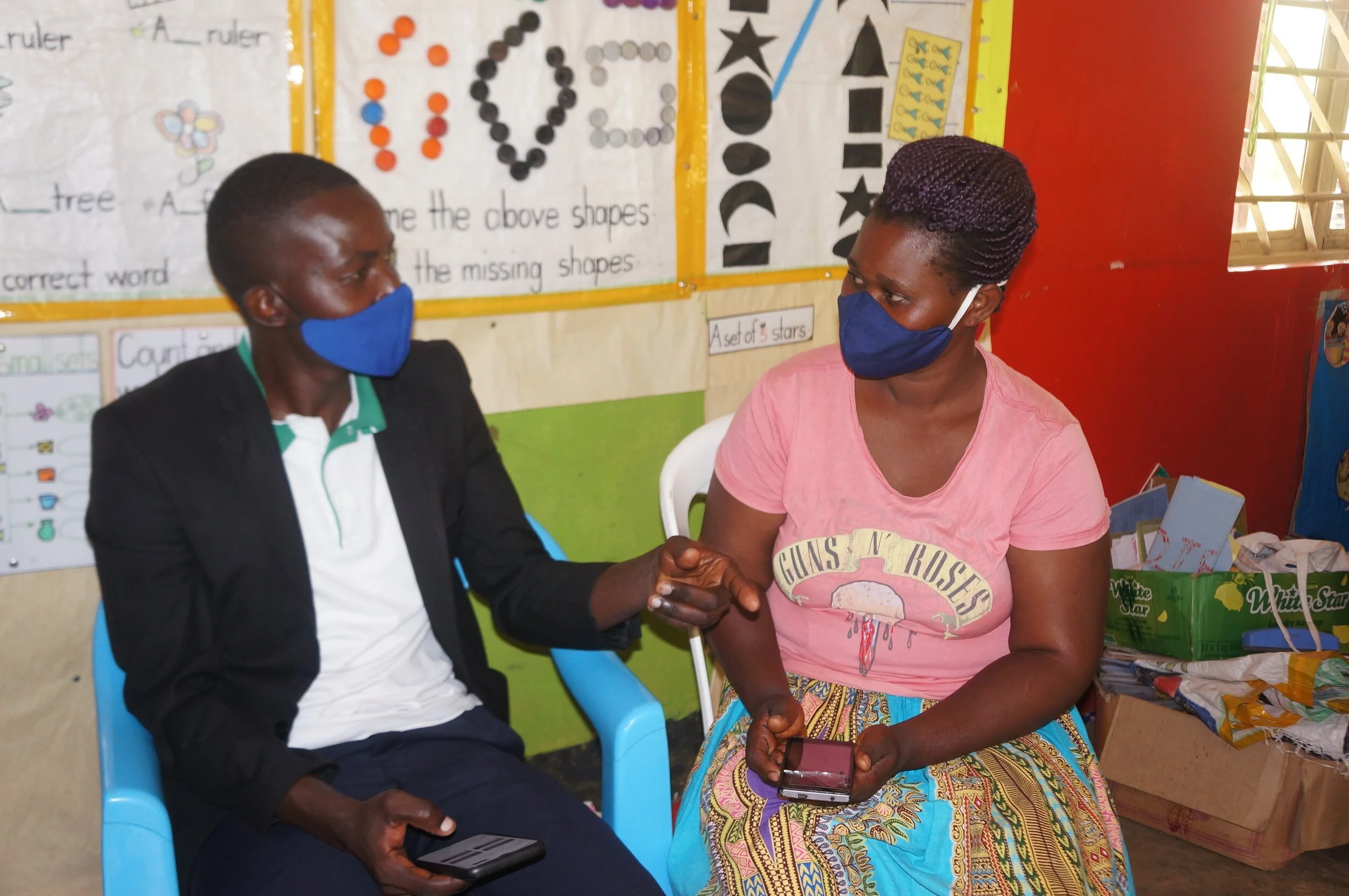
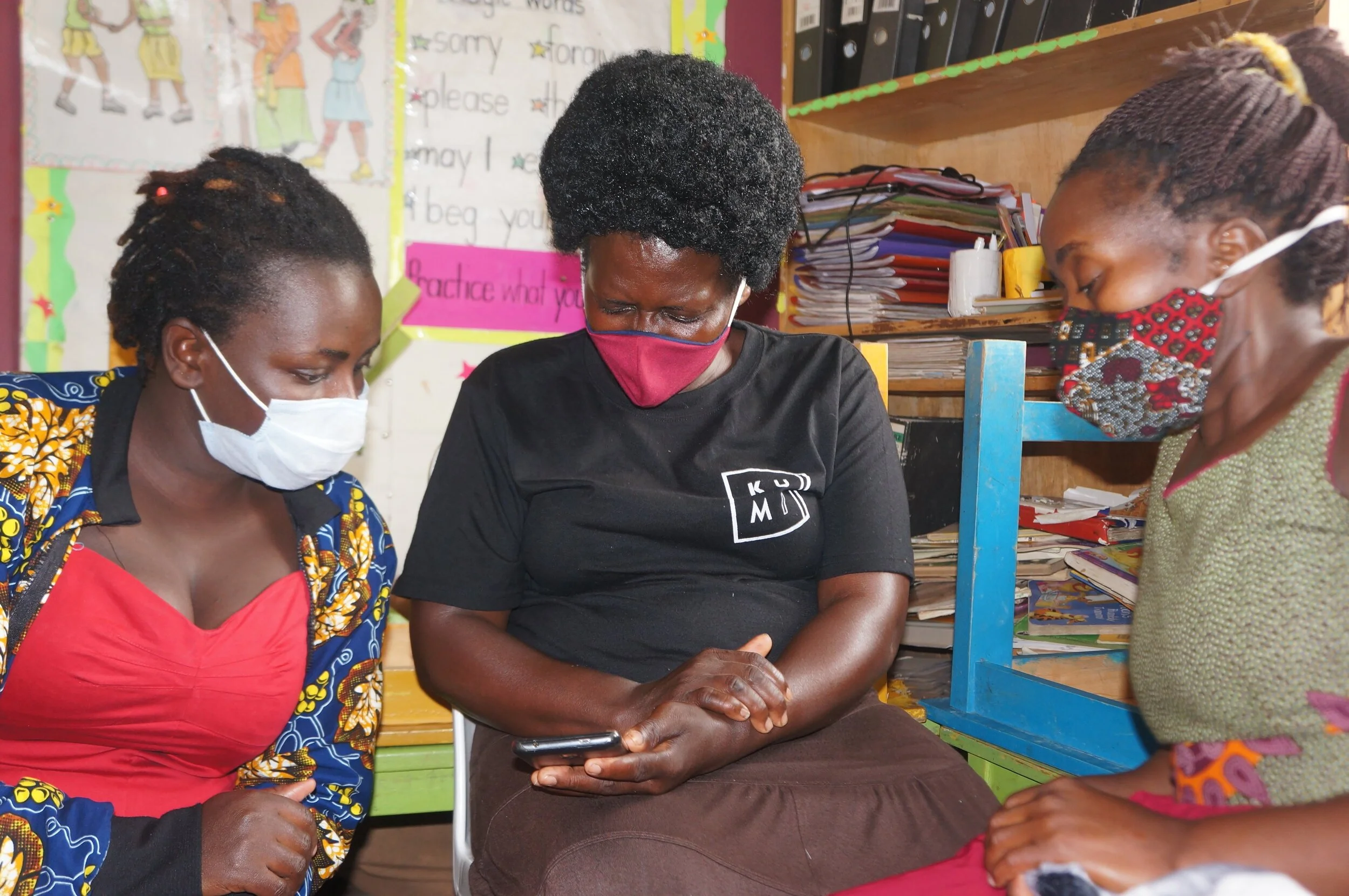
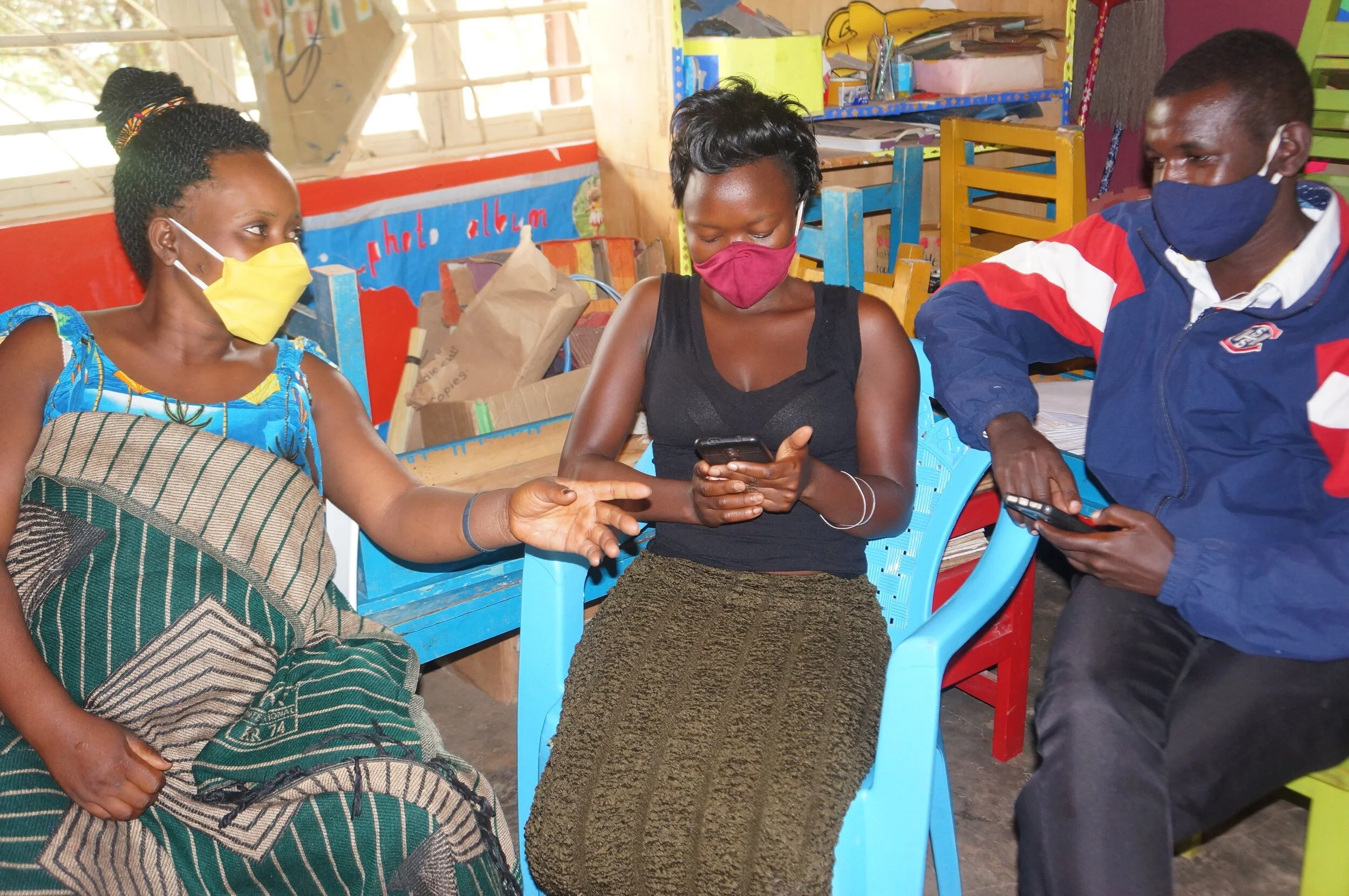
The parents were told, “If you can use WhatsApp, you can use Google Classroom!” to help alleviate any apprehension toward the adoption of the new technology.
During the training, both teachers and parents were enthusiastic with the new learning tool. And at the conclusion of the pilot program, many parents, students and teachers spoke favourably of this new digital tool.
FROM THE PARENTS:
“It has helped our children to keep in touch with the learning process and keep busy.”
“It has helped them to keep their minds active and they don’t forget what they have been learning at school.”
FROM THE TEACHERS:
“It has made me learn things of which I was just hearing from other people, like how to teach online, setting work, marking work using the phone - which were all new to me. Google Classroom teaching has made me improve and develop a lot of interest in ICT which I didn't have during my school time.”
“It is such a great idea that helps the teacher and the learner keep engaged in the teaching and learning, regardless of the distance and environment they might be in.”
FROM THE STUDENTS:
“I really thank the school administration for thinking about us in every situation that’s going on. I’m very happy and I really appreciate you for the great job done, so a vote of appreciation to you all. Long live our Mother school! I have a question. How are we going to solve the problem of those students who can’t afford phones and data? It might be difficult for them (to access Google Classroom). Thank you so much, our beloved teachers! May God bless you abundantly 🤗.”
Where to from here?
While Internet connection, affordability and access to mobile devices remains challenging in many of our communities, School for Life is happy to report that the implementation of Google Classroom has been well received and adopted by approximately 50% of our students!
Safe to say it is technology that is here to stay.
Google Classroom school work has been supplemented by a return to hard copy home-based learning packages being distributed to students who require them, and more recently, teachers have also started up small group learning sessions with their students to provide them with some face to face time which has been sorely missed by both our teachers and students alike.
These small group sessions are happening a few times each week and enable students who are struggling with understanding the school work given to them to ask questions and seek help to further their learning.
It is our hope that by offering a world class education to our students through this blended approach while schools remain shut, that we can give children in rural Uganda the chance to chase their dreams and build a future full of opportunity for themselves and their communities.
If you are interested in finding out how you can be part of the solution to closing the digital divide in rural Uganda, we’d love for you to consider sponsoring one of our students. Learn more here!


